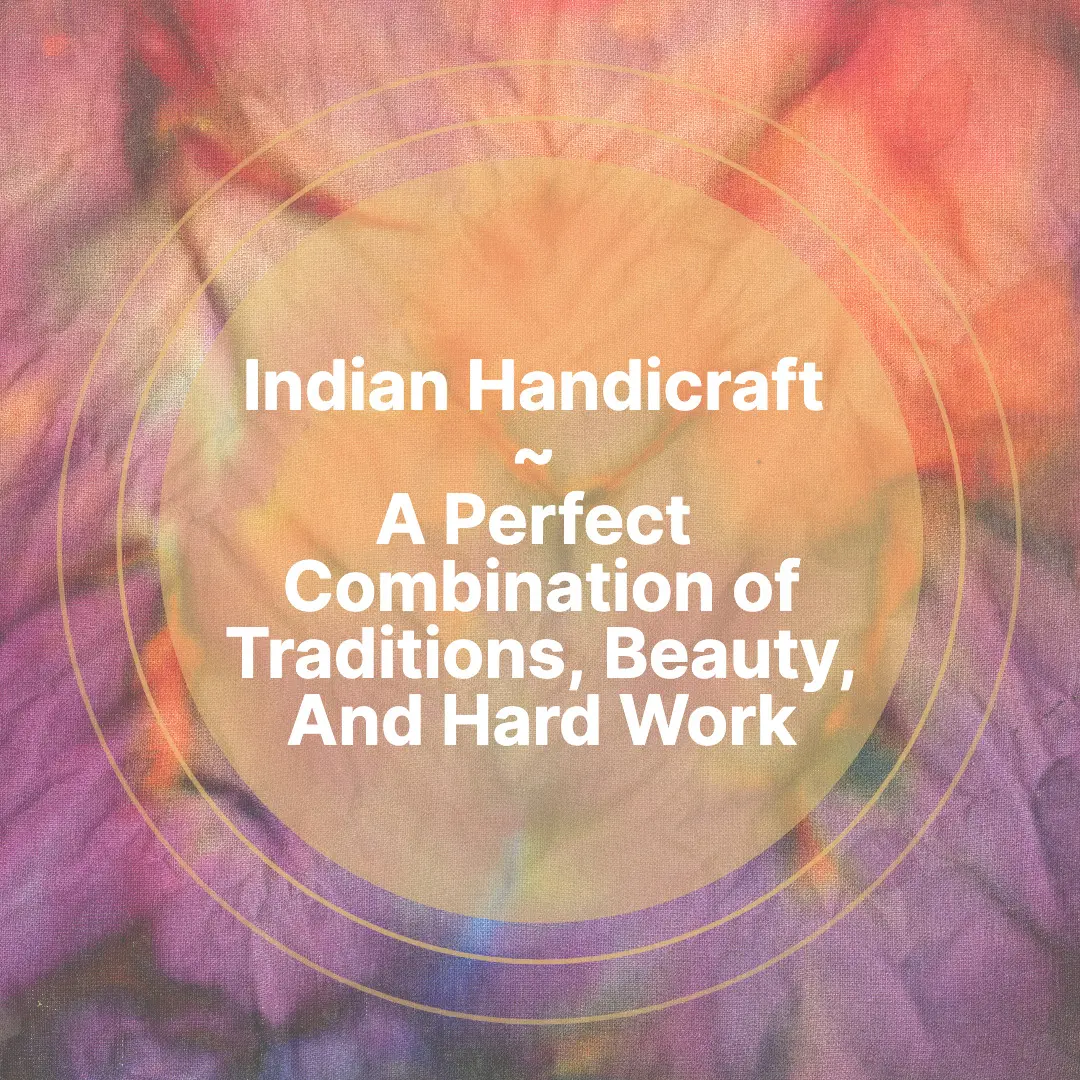Handicrafts are often notable for their uniqueness since they are made by hand. They are the reflection of a culture and tradition of the individuals who made them, too. Their beauty and quality may depend on the aesthetic principles and hard work of the crafter. Indian handicrafts can range from batik to wood carvings, lacquered wood, handwoven textiles and tarkashi (metal inlay in wood). Here is an overview of those crafts and how or where they are made:
Batik – The method of creating coloured designs on fabric by dyeing is known as batik. The term is derived from ‘tik’, and it is Javanese for ‘to dot’, and while batik originated in Java, Indonesia, it easily became a part of Indian handicraft. Some of the best batik printers in India are from Bhairavgarh, a small town on the riverbanks of Kshipra. Craftsmen from Rajasthan and Gujrat arrived there around 400 years ago when the Mughals reigned. The method they use for dyeing is similar to the traditional method used in Indonesia, where parts of the fabric is covered with wax to prevent dye from affecting those areas. No batik pattern is the same as another, so each product is considered one-of-a-kind.
Peetalnagri – A particular type of Indian handicraft that is made with brass is called, ‘peetalnagri’, a name derived from Peetal Nagri or ‘City of Brass’. It is an ancient art form of brassware that easily attained a national and international following, particularly by the British and the Mughals. It is notable for its intricate Persian patterns and the development and ornamentation processes, which make every product unique. Contemporary artisans have begun experimenting with new metals.
Tarkashi – Known as the ‘art of inlaying brass metal wire in wood’, this Indian handicraft is practiced in Uttar Pradesh where wood carving and wood inlaying are common. Tarkashi work was introduced to the region by Kashmiri craftsmen who visited in the 1860s. Some of the earliest products with Tarkashi are wooden slippers (Khadaun), which pious Hindus wear. Inlaying and engraving were once performed by the same artisans, but these days, both are already considered specialized skills.
Wood lacquering – Turned wood products are lacquered in bright and vibrant hues to enhance their beauty. Recently, the Indian handicraft that involves wood lacquering have become popular with international customers. It is considered a Geographical Indication by the World Trade Organisation. Also dealing in various handicraft products which includes wooden handcrafted home décors, lighting & textiles like sarees and dress materials.
Source by Bhavya Gupta



